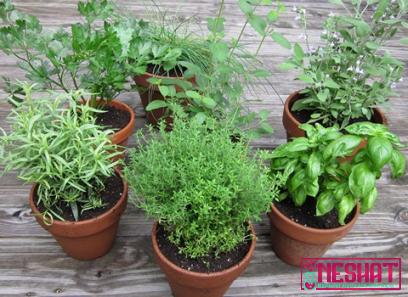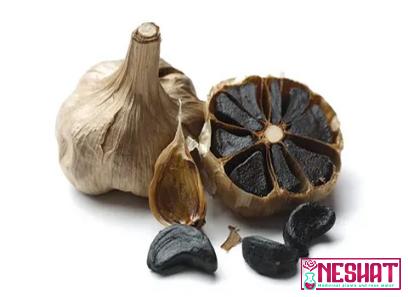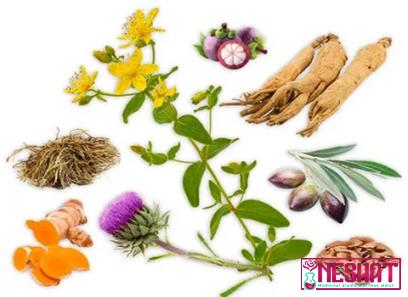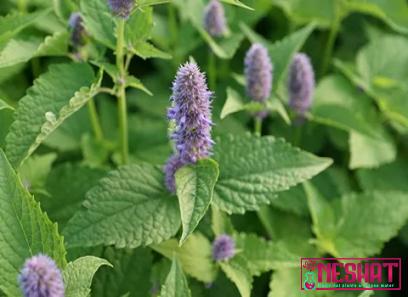India, with its diverse geographical regions and favorable climate, has been a treasure trove of medicinal plants for centuries. The country is blessed with a wide variety of plant species that offer therapeutic benefits, making it a significant contributor to the global health and wellness industry. This article delves into the potential of medicinal plants in India, highlighting their relevance, economic impact, and opportunities for businesses in this sector. 1. Indian Medicinal Plants: A Heritage of Ancient Wisdom: India’s association with medicinal plants dates back several millennia. Traditional systems of medicine such as Ayurveda, Siddha, and Unani rely heavily on the use of plant-based remedies. The country possesses a rich biodiversity with over 17,000 medicinal plant species, including neem, tulsi, ashwagandha, turmeric, and amla, all renowned for their healing properties.

.
 2. Economic Impact and Growth Opportunities: Medicinal plants play a crucial role in fostering economic growth in India. The country is a major exporter of plant-based medicines, herbal cosmetics, dietary supplements, and essential oils. India ranks among the top suppliers of medicinal plants globally, with an annual export value exceeding millions of dollars. 3. Demand for Natural Remedies: In recent years, there has been a growing global demand for herbal and natural remedies. Consumers are becoming increasingly conscious of the negative side effects associated with synthetic drugs, leading them to seek natural alternatives. This shift in consumer preferences presents a significant opportunity for businesses to cater to this demand with high-quality, indigenous medicinal plants.
2. Economic Impact and Growth Opportunities: Medicinal plants play a crucial role in fostering economic growth in India. The country is a major exporter of plant-based medicines, herbal cosmetics, dietary supplements, and essential oils. India ranks among the top suppliers of medicinal plants globally, with an annual export value exceeding millions of dollars. 3. Demand for Natural Remedies: In recent years, there has been a growing global demand for herbal and natural remedies. Consumers are becoming increasingly conscious of the negative side effects associated with synthetic drugs, leading them to seek natural alternatives. This shift in consumer preferences presents a significant opportunity for businesses to cater to this demand with high-quality, indigenous medicinal plants.
..
 4. Regulatory Landscape: The regulatory landscape governing the cultivation, processing, and trading of medicinal plants in India is well-defined. The government has established bodies like the Department of Ayush, which ensures the standardization, safety, and efficacy of traditional medicines and herbal products. Businesses that comply with these regulations can build trust and credibility while positioning themselves as authentic sources of medicinal plants. 5. Cultivation and Sustainable Practices: To meet the growing demand, businesses involved in medicinal plants need to adopt sustainable cultivation practices. These practices include promoting organic farming, conserving biodiversity, and implementing fair trade practices. Investing in research and development to cultivate high-yield, disease-resistant varieties also augments the sector’s growth prospects.
4. Regulatory Landscape: The regulatory landscape governing the cultivation, processing, and trading of medicinal plants in India is well-defined. The government has established bodies like the Department of Ayush, which ensures the standardization, safety, and efficacy of traditional medicines and herbal products. Businesses that comply with these regulations can build trust and credibility while positioning themselves as authentic sources of medicinal plants. 5. Cultivation and Sustainable Practices: To meet the growing demand, businesses involved in medicinal plants need to adopt sustainable cultivation practices. These practices include promoting organic farming, conserving biodiversity, and implementing fair trade practices. Investing in research and development to cultivate high-yield, disease-resistant varieties also augments the sector’s growth prospects.
…
 6. Technological Advancements: Advancements in technology have revolutionized the medicinal plants industry. Sophisticated techniques like DNA barcoding, tissue culture, and molecular pharming have paved the way for the mass production of plant-derived compounds. Businesses that harness these technological advancements can enhance productivity, improve quality, and foster innovation within the industry. 7. Collaborations and Partnerships: Collaborations between local farmers, manufacturers, researchers, and healthcare practitioners play a vital role in sustaining the medicinal plants industry. These partnerships enable businesses to leverage traditional knowledge, access a wider consumer base, and develop value-added products. Collaborative efforts also support farmers by providing them with fair market prices and access to modern cultivation techniques. Conclusion: The abundance of medicinal plant species in India presents an incredible opportunity for businesses to thrive in the health and wellness industry. By prioritizing sustainable practices, adhering to regulatory guidelines, embracing technological advancements, and fostering collaborations, businesses can tap into the growing demand for natural remedies globally. The medicinal plants sector in India is poised to flourish, continuing its legacy of offering wellness and healing through nature’s gifts.
6. Technological Advancements: Advancements in technology have revolutionized the medicinal plants industry. Sophisticated techniques like DNA barcoding, tissue culture, and molecular pharming have paved the way for the mass production of plant-derived compounds. Businesses that harness these technological advancements can enhance productivity, improve quality, and foster innovation within the industry. 7. Collaborations and Partnerships: Collaborations between local farmers, manufacturers, researchers, and healthcare practitioners play a vital role in sustaining the medicinal plants industry. These partnerships enable businesses to leverage traditional knowledge, access a wider consumer base, and develop value-added products. Collaborative efforts also support farmers by providing them with fair market prices and access to modern cultivation techniques. Conclusion: The abundance of medicinal plant species in India presents an incredible opportunity for businesses to thrive in the health and wellness industry. By prioritizing sustainable practices, adhering to regulatory guidelines, embracing technological advancements, and fostering collaborations, businesses can tap into the growing demand for natural remedies globally. The medicinal plants sector in India is poised to flourish, continuing its legacy of offering wellness and healing through nature’s gifts.










Your comment submitted.